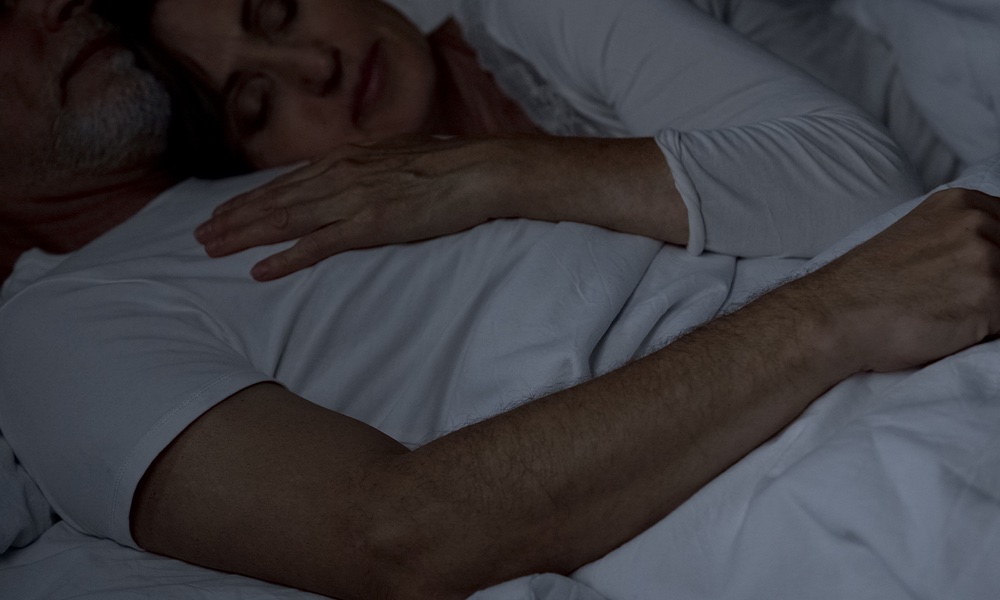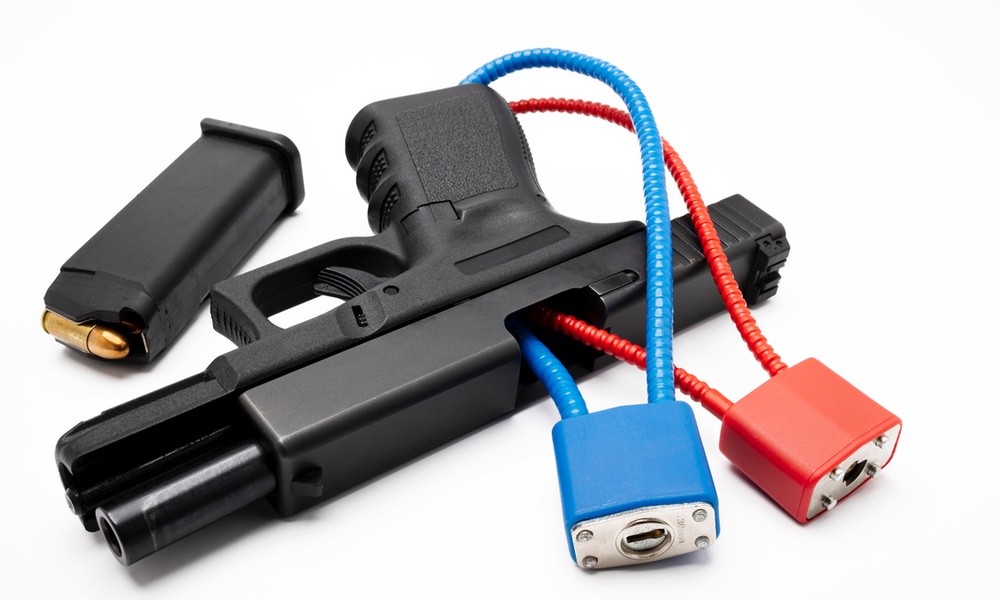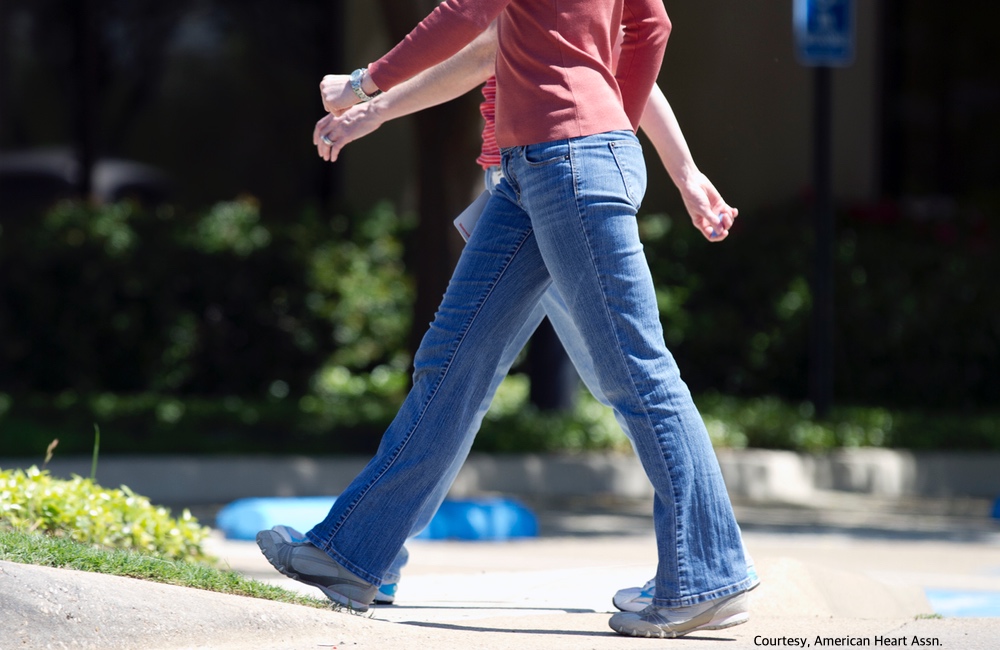The days are growing shorter and colder in the Northern hemisphere. And some people are feeling gloomier. Seasonal affective disorder (SAD) is the seasonal depression that affects between 6% and 10% of the population generally during the winter months. Though many people may feel a bit blue during the short, cold days of winter, for others, the symptoms are more serious. SAD is a genuine form of depression and a recognized psychiatric disorder, with a specific symptom set and treatment requirements.
SAD can affect the sufferer in much the same way as clinical depression. Like depression, seasonal affective disorder can range from mild to severe. It appears to be much more common in higher latitudes than in lower ones and is more common in North America, where the prevalence is higher than in other parts of the world, and twice as high as in Europe.
Most of the symptoms of SAD are the same as those of "regular" depression: sad or hopeless feelings; a lack of energy; changes in sleep and eating patterns; inability to concentrate, especially in the afternoon; social withdrawal; irritability; and loss of interest in previously enjoyable activities .
Seasonal affective disorder can make life extremely unpleasant for the sufferer, but the good news is that it is treatable. Though the symptoms of SAD tend to go away during the warmer months of the year, there’s no reason to suffer from it if you don’t have to.
Most of the symptoms of SAD are the same as those of "regular" depression: sad or hopeless feelings; a lack of energy; changes in sleep and eating patterns; inability to concentrate, especially in the afternoon; social withdrawal; irritability; and loss of interest in previously enjoyable activities. In SAD, as opposed to non-seasonal depression, over-eating with weight gain and sleeping more than usual are two of the more common symptoms. Occasionally a “reverse” SAD can occur, with people experiencing symptoms during the summer months rather than the winter, but this form is rare.
Though it might seem intuitive that the cause of SAD might simply be the cold temperatures and relative restriction in the types of activities that one can do outside in Northern climates, it’s actually more likely that SAD has to do with the lack of light in winter months. When days get shorter, we are exposed to much less natural light, which can affect levels of the neurotransmitters (brain chemicals) involved in mood and depression.
Early morning light is believed to be what “resets” the clock to keep it on a 24-hour period. But the other half of the equation is our genes.
We all have a biological “clock,” made up of cells in an area of the brain called the suprachiasmatic nucleus, which keeps us more or less on a 24-hour cycle. However, our biological clocks seem to need sunlight to stay set on a regular cycle. When people are kept in the dark, their natural cycles tend to extend: over time, the sleep-wake cycle becomes closer to 25-hours if it does not have a cue to reset it each morning.
This internal clock is intimately connected with the serotonin systems of the brain. Serotonin is the brain chemical that is reduced in people who suffer from depression and anxiety, and it is the one targeted by the popular class of antidepressants, the selective serotonin reuptake inhibitors (SSRI), that include Prozac.
Serotonin is less available to circulate the brain during the winter months compared to summer months.
Mice without serotonin receptors have significantly altered circadian rhythms, and in humans, the production of serotonin is markedly reduced during winter months, and highest in long periods of bright light. Other studies have shown that serotonin is less available to circulate the brain during the winter months compared to summer months. This is because during the winter months and under reduced light availability, serotonin is bound more strongly by the serotonin transporter, the molecule that clears serotonin away from the synapse so that it can be reused.
Some authors have suggested that because of the neurological overlap between the light-dark cycle and the brain chemicals involved in depression, problems with circadian rhythm can be a strong marker for mood disorders. Though the mechanisms that explain SAD are not straightforward, researchers are starting to understand the connections in more detail, which will ultimately allow for better, more targeted, treatment methods.
Though it’s not clear exactly how light therapy works, researchers have found over and over again that it does work for SAD. In fact, it is considered a primary means of treatment.
Light therapy does not appear to work through skin exposure. It is believed to work as the light enters the retina and makes its way to the suprachiasmatic nucleus, the brain’s “clock,” in a process that is mediated through serotonin receptors along the eye-brain pathway.
Before trying light therapy it is best to talk to a doctor before beginning it so that he or she can recommend the best type of light box to use. Some forms of health insurance may cover the treatment, in which case a prescription would be necessary.
Though it’s not clear exactly how light therapy works, researchers have found over and over again that it does work for SAD. In fact, it is considered a primary means of treatment. For people who suffer from a more severe form of SAD, it is considered “adjunct,” or supplementary, to medication.
While some recommendations are for light therapy to be given early in the day, with the assumption that doing so shifts the phase of the day-night cycle that is disrupted in SAD patients, other studies have found this not to be the case. One study found that giving light therapy early in the morning or later in the evening had the same effect in treating SAD, so timing may not be too important.
It is wise to develop a game plan with your doctor about how long you should expose yourself to the light box every day, along with the frequency and duration of the treatment. Since there are some side-effects that come along with light therapy, including nausea, eyestrain, sleep problems, and in some instances euphoria or mania, it is important to monitor how you feel and to discuss any adverse effects with your doctor.
Doctors may recommend that you begin treatment with the medication before symptoms start in the late summer or early fall, and continue through the spring. As with treatment for non-seasonal depression, antidepressants to treat SAD can take several weeks to show their full effect and carry the risk of a number of side-effects, like nausea, diarrhea, dry mouth, anxiety, insomnia, weight gain, loss of interest in sex, headache, and dry mouth. Antidepressant use may also lead to more depression.
When light therapy and fluoxetine were compared head to head, by randomly assigning patients to either of the two treatments over a period of three winters, the researchers found that the two therapies were almost identical in how many patients responded to each treatment and how likely they were to go into remission from SAD. Light therapy took slightly less time to effect and had fewer side effects, but the difference in how well they were tolerated was slight.
In CBT, one is taught to become aware of the negative thought patterns that tend to cycle in the minds of depressed people, and to actively replace them with more productive, positive patterns.
In one recent study on the effectiveness of CBT, people affected with seasonal affective disorder were assigned to take CBT, light therapy, or a combination of both treatments. All three treatment groups fared well compared to people who did not receive therapy (controls), and interestingly, all three treatments had about the same level of effectiveness in treating symptom severity. The patients who received CBT plus light therapy were free of SAD symptoms more frequently than all other groups, suggesting that a combination treatment may be the most effective in addressing SAD.
CBT is not the only option for counseling. Other forms of psychotherapy that are helpful for depression can also be helpful for SAD.
The results of these studies indicate that light therapy may work just as well as the standard treatments, antidepressant medications and CBT. Treating depression is not a one-size-fits-all program, however, and seasonal affective disorder is no exception. That's why it is important to discuss with your doctor which treatment may be right for you since not everyone tolerates the various treatments equally well.
If your basic level of functioning is impaired by seasonal affective disorder, you owe it to yourself to seek treatment. If you feel sad, fatigued, or hopeless in the winter months, there’s no reason to wait for the spring. Medication, light therapy, and psychotherapy can be very effective in bringing balance back to one’s mood and daily rhythm.
For mild cases of SAD, it can be beneficial to look into home remedies, like eating a healthful diet, taking part in activities to de-stress and reenergize, and exercising, which has been shown to be an effective treatment for non-seasonal depression. Being outdoors for as little as 20 minutes a day has been shown to boost mood significantly.
Just as with non-seasonal depression, SAD can be debilitating when it is severe, so it is important to get help if you are affected. While the warmer months and longer days may lift the symptoms eventually, there is no reason to suffer through another winter.




